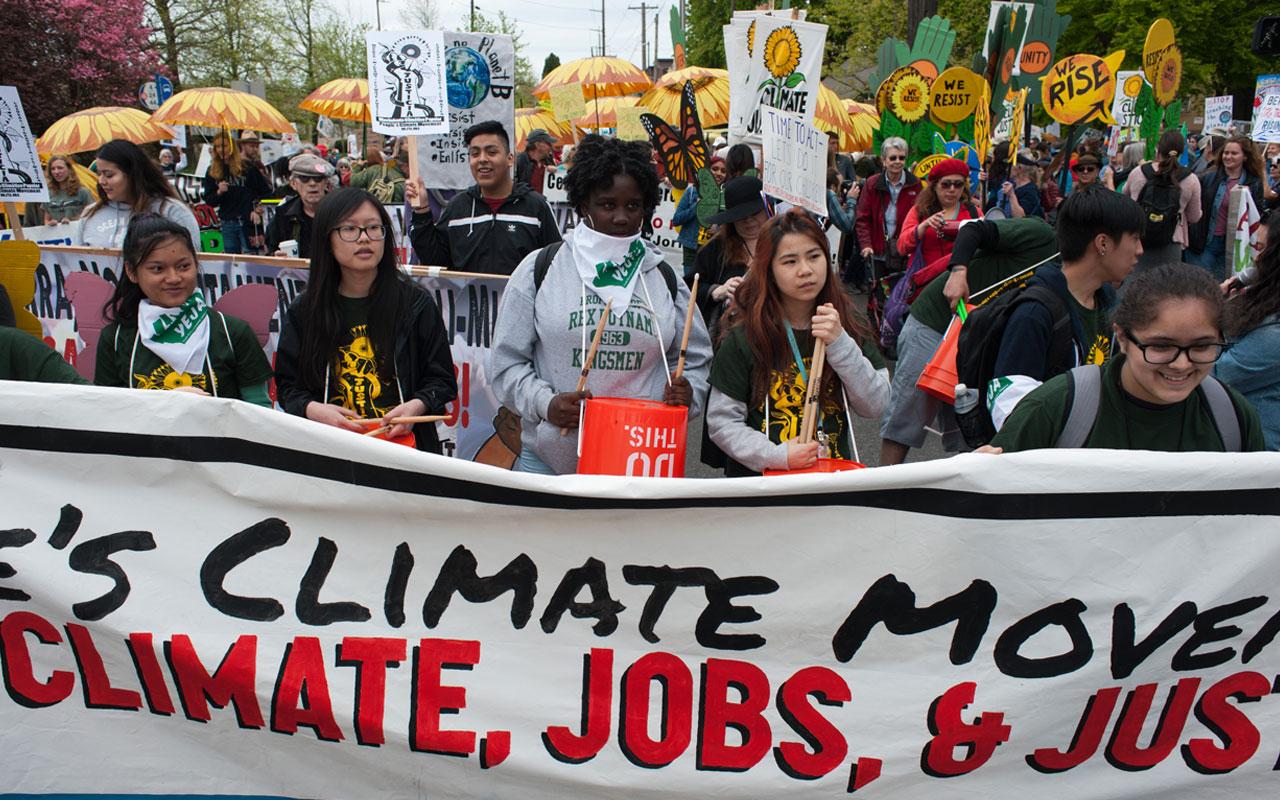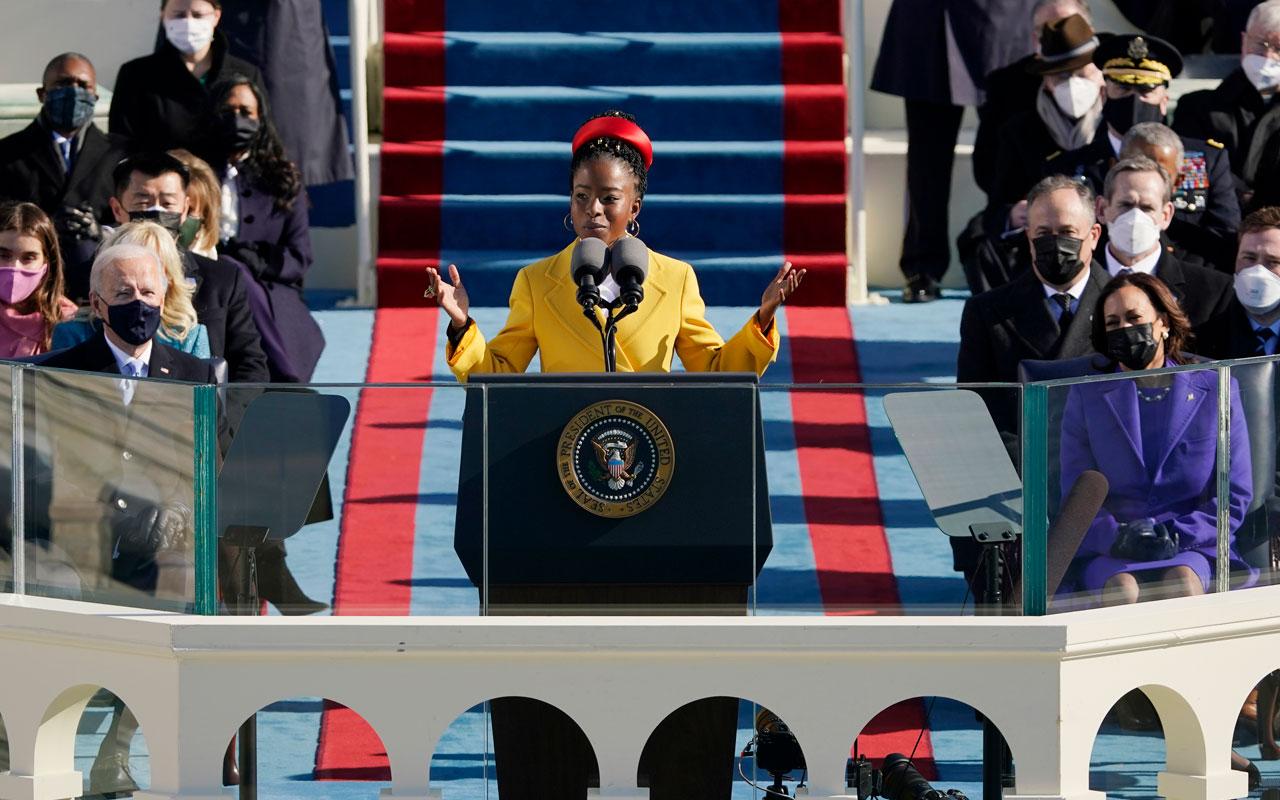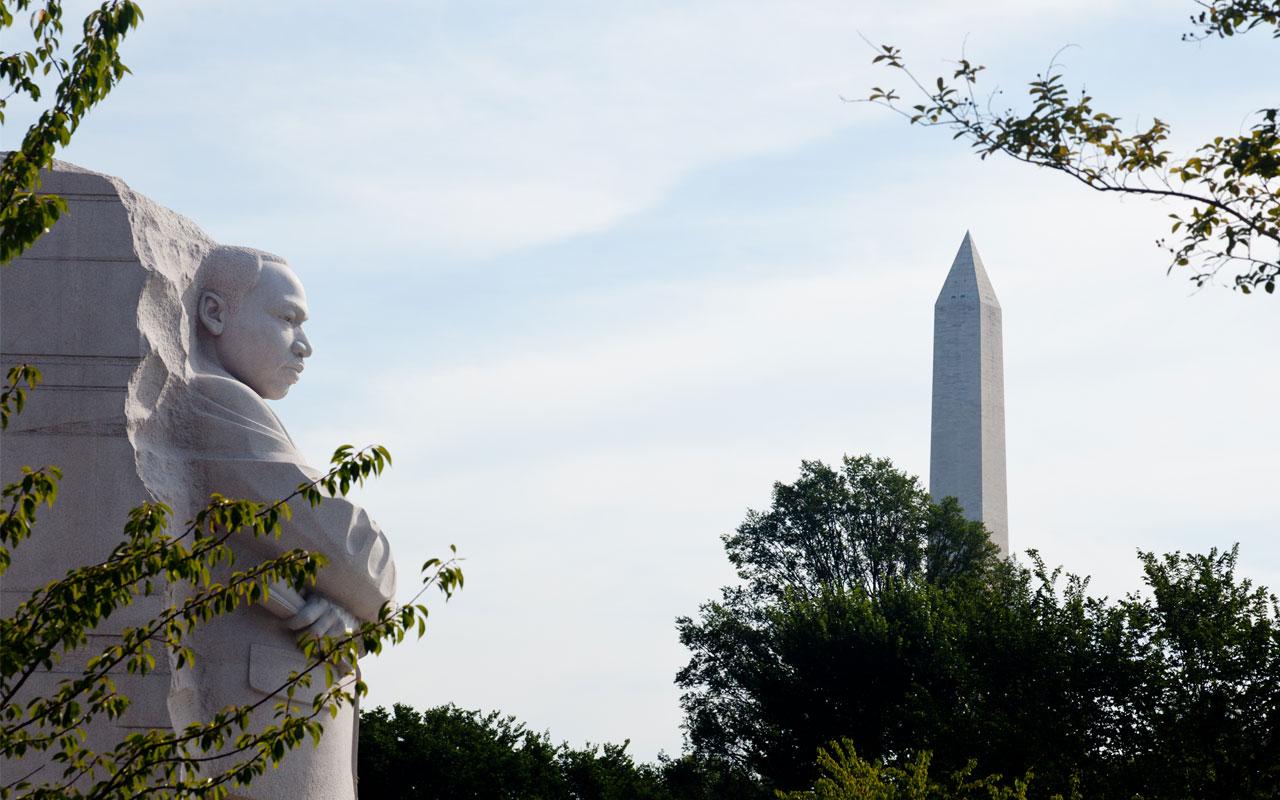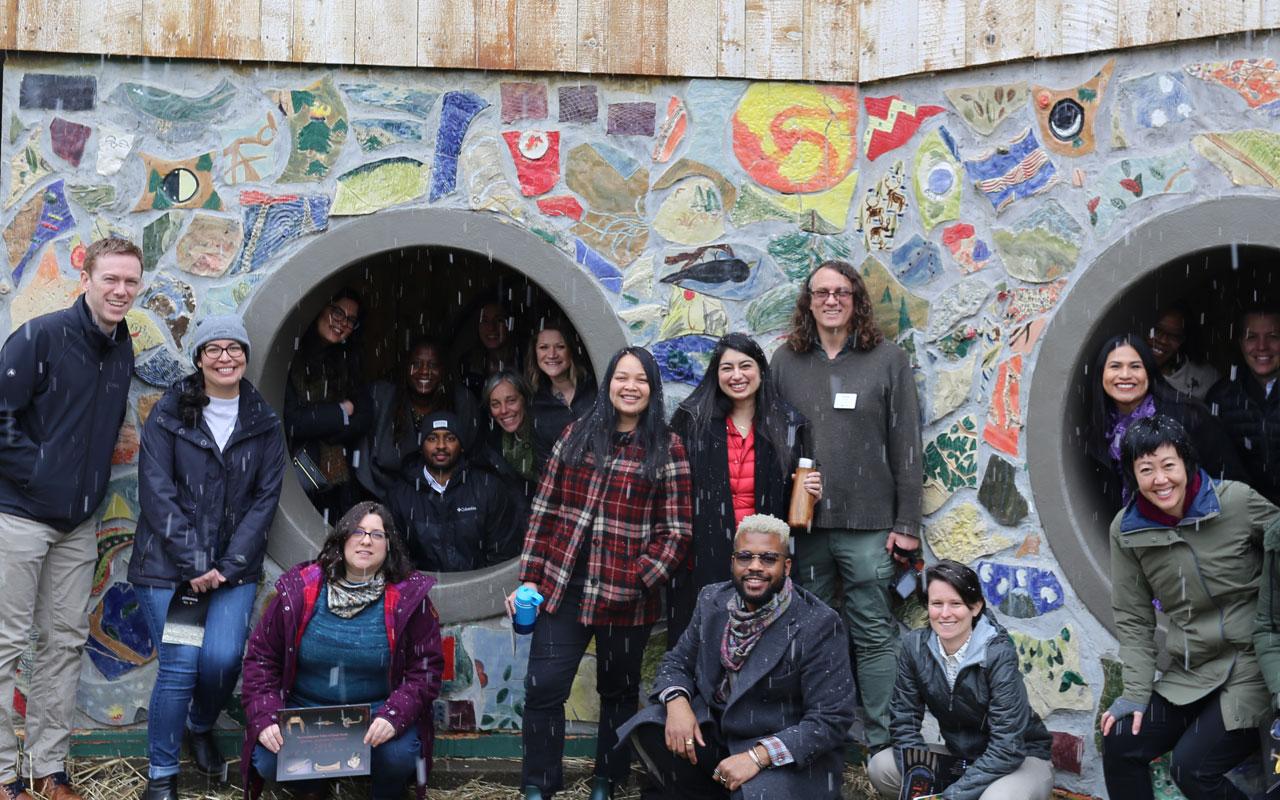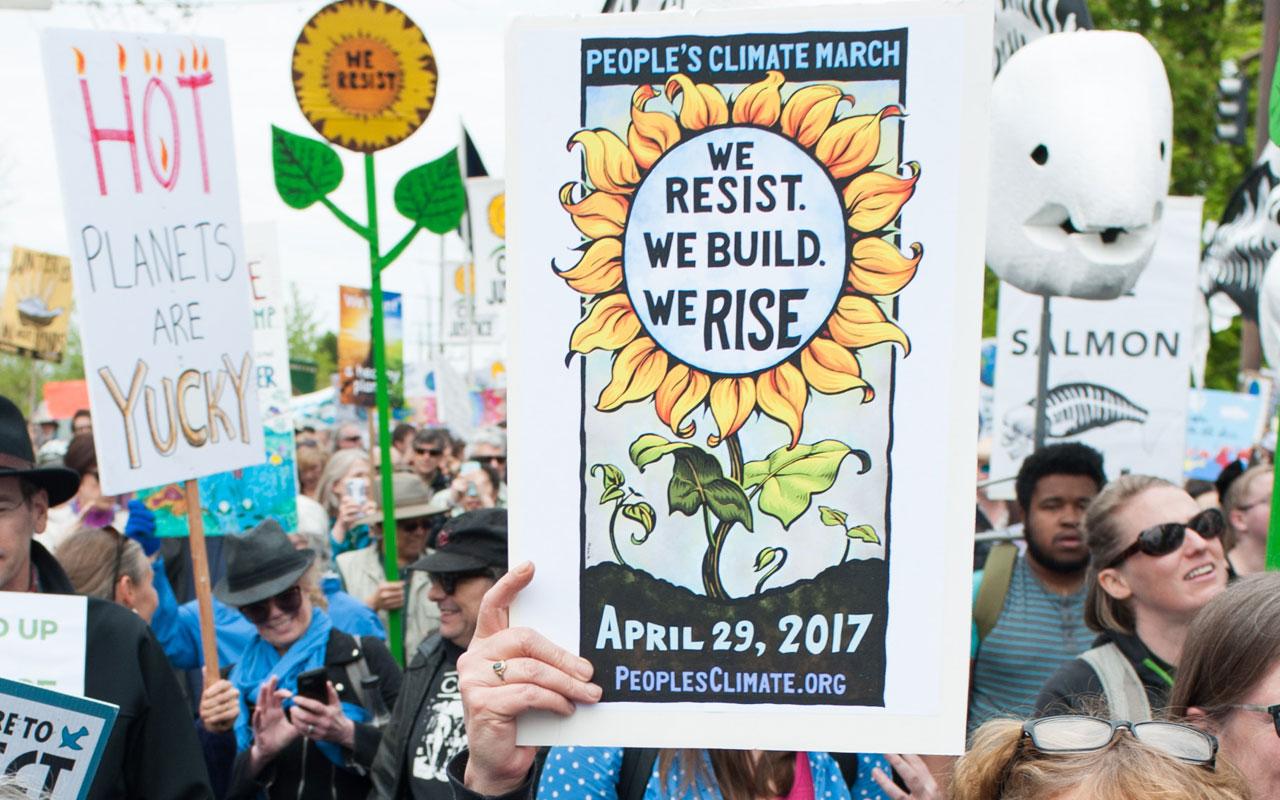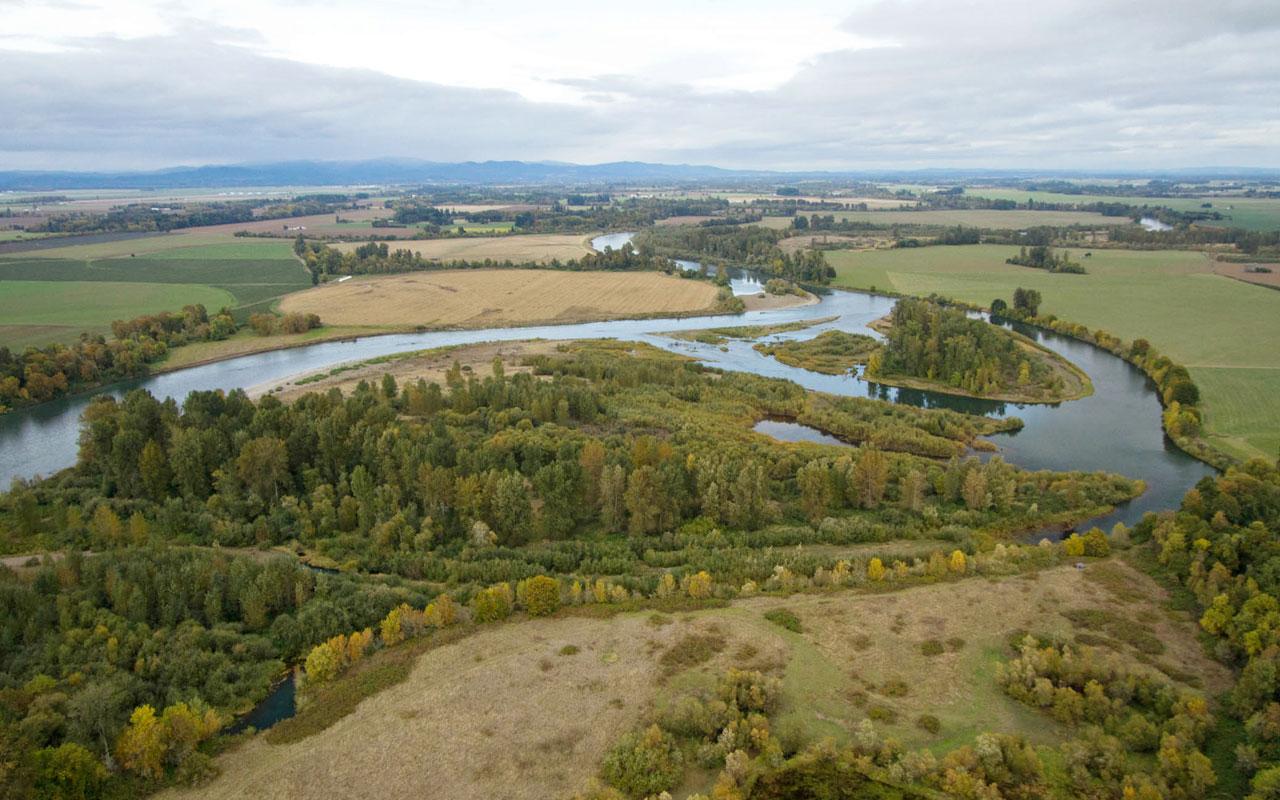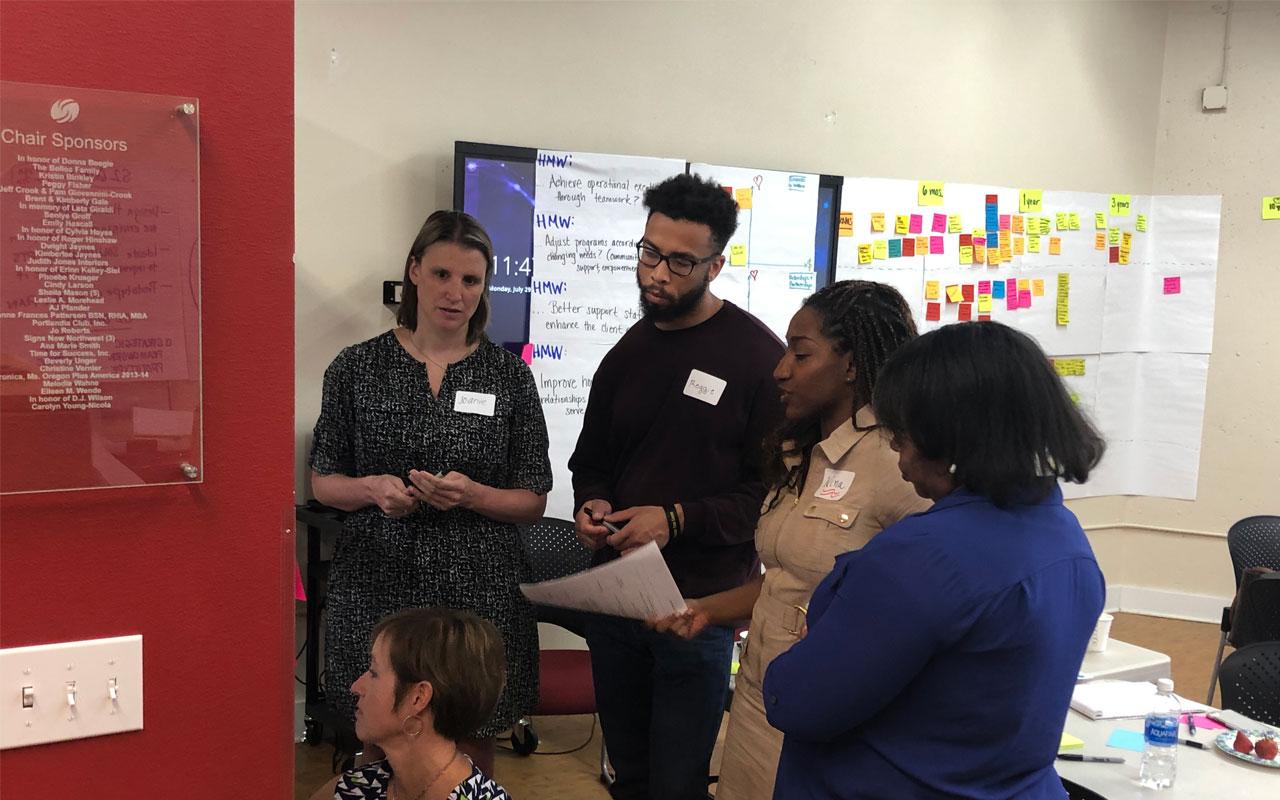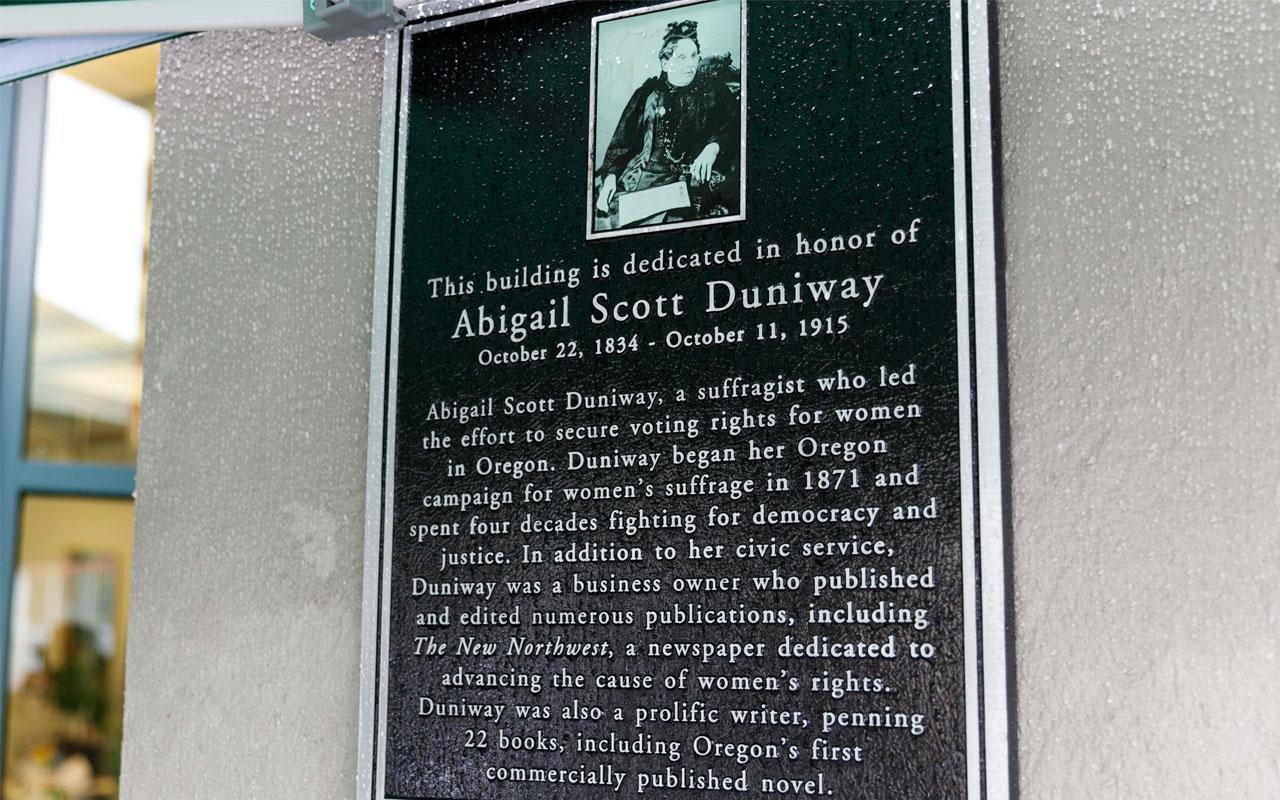Black Lives Matter: A mindset and a vision
As I embark on this journey as director of Justice Oregon for Black Lives, I cannot lose sight of celebrating Black History Month. Growing up in Portland with family ties to Oklahoma, I was taught about Black wealth and the resiliency of our people. I learned about Black Wall Street and how an entire Black community in Tulsa worked to create a FUBU — for us by us — network and build structures to support community prosperity and economic success, all during a time when Black people couldn’t use the same drinking fountain as a white person. A similar history is woven between our Black community here in Oregon and the former city of Vanport.
Black people have lived through countless atrocities and survived historical injustices from the start of the transatlantic slave trade to the current criminalization of Black bodies. These inequities inform the way I approach grantmaking and how I will do my part to right historical wrongs in Oregon.
I love this state deeply, and with such strong adoration comes an equally high level of expectation for improving the lives of Black Oregonians. I often think about the events of the past month and how white nationalism has tested our nation’s belief in democracy, equity and justice. When I have felt anguish about racial injustice, I’ve found relief through the leadership of young Black activists and Black-led organizations and the positive impact they have within our nation — holding our passions and voices and taking responsibility to disrupt unjust systems that perpetuate hate and marginalize Black and Brown people everywhere.
In my first nonprofit job as a program manager at House of Umoja — an organization that combated gang violence in Portland while strengthening social ties in the Black community — I learned firsthand the crucial role that culturally specific organizations play in neighborhoods, schools and churches as well as with law enforcement and government. I carried these lessons with me and embedded them throughout a 15-year career at Casey Family Programs, learning how philanthropy can better serve the most vulnerable populations and those adversely impacted by systemic racism.
As I’ve settled into my role at Meyer, I’ve reflected on my plans for the initiative, ideas for co-creation of grantmaking in partnership with the Black community and ways to structure the foundation’s funding to meet the needs of all Black folks in Oregon’s 36 counties.
So far, I’ve learned during my time at Meyer that we envision a future in which Oregon becomes the antithesis of its original design as a white utopia in which Black people were not welcome. We envision a place where racism, particularly anti-Black racism, is acknowledged and long-term systemic racist policies are dismantled. A place where Black people feel they belong no matter where they travel and reside in the state. We envision a state where centering the work of Black liberation ultimately creates just conditions for all Oregonians.
Last summer, our board of trustees made it clear that racial justice was central to Meyer’s mission by publicly condemning anti-Black racism and prejudice and giving our president and CEO, Michelle J. DePass, license to outline the foundation’s strategy for the work of Justice Oregon and how it will affect Meyer’s grantmaking and culture and deepen the institution's commitment to serving Black communities.
To elevate the needs of Black Oregonians within philanthropic and business communities, my role as director calls me to build stronger relationships with Black communities across the state and create spaces and opportunities for Black people to steer the strategic direction of philanthropic dollars in Oregon. It is my responsibility to convene private and public partners to support Black Oregonians and foster innovative practices that drive outcomes related to Black resilience and liberation.
Defining my work and Justice Oregon at Meyer
Over the next six months, I plan to learn from and build relationships with Black Oregonians across the state. In February and March, I will be offering more specifics and focusing on our strategy for deepening Meyer’s commitment and connection to the Black community. I recognize that to get this thing right, we need input, direction and support from Black folks, so I will also be connecting with community members and private, public and business organizations through a series of virtual and in-person (when possible) meetings and events.
Justice Oregon will host virtual community information and connection sessions on Feb. 22 and March 4 to share our framework for the initiative and gather feedback and insights about where Meyer’s funding is needed. We will share the registration link online next week. Sign up for our Meyer Mail newsletter for more information and updates about the virtual events.
Grants, funding priorities and award timelines don’t exist yet because they will be set in collaboration and partnership with community. We do know that Justice Oregon will operate differently but in partnership with Meyer's existing portfolios so that organizations will not have to select between the initiative and applying for portfolio-specific funding through the Annual Funding Opportunity. As a result, Justice Oregon will not be apart of Meyer's AFO this year but we will actively seek opportunities to bolster the efforts of organizations that come through the annual funding opportunity process.
As we design the funding approach for this initiative, a primary focus for me will be maintaining flexibility in between funding cycles to fund innovative projects as they arise. I will also seek to partner with other philanthropic organizations, public entities and businesses to leverage our collective resources to provide multi-year funding opportunities to support strategic investments in the lives of Black Oregonians.
I know most philanthropic partners have adopted diversity, equity and inclusion (DEI) vision statements and goals. It is not always clear how philanthropic organizations are funneling resources into Black communities to create sustainable change and to dismantle racism and anti-Blackness. I hope this initiative further encourages our partners within philanthropy and abroad to enter into this space as we learn how to do this better at Meyer.
Philanthropy is uniquely positioned to work across all systems to address institutional racism and anti-Blackness throughout our communities. I believe this initiative — centered on the idea that making strategic investments in Black lives in Oregon will better the lives of all Oregonians — will allow Meyer to be more fluid as we think about our funding cycles and processes to ensure that Black people and communities have what they need to thrive. I hope you will journey alongside me in this effort.
— D’Artagnan

The African Adinkra symbol Sankofa, emphasizing revival and wisdom.

